Fiat Chrysler Heads in Different Sales Directions North and South of the Border, But We Can All Agree on Jeep (or Can We?)

Without its juggernaut Jeep division, Fiat Chrysler would find itself in deep trouble. We’re talking Mitsubishi, circa 2013, sorts of trouble. On a year-to-date basis, all of FCA’s brands save for Jeep and the low-volume, niche Alfa Romeo took a sales tumble in the United States. It’s the same story north of the border.
In both countries, Jeep is FCA’s knight in shining armor (coming to its financial rescue), only in Canada it’s not enough to boost flagging year-over-year sales. FCA’s volume sank 10 percent in August, while in the U.S. it rose 10 percent. Year to date, FCA’s up 5 percent in the U.S. and down 14 percent in the Great White North.
Why such a disparity between sales directions? It seems to come down, at least partly, to Jeep posting far greater gains in the U.S. than in Canada. Even within the division, there’s quite a difference between what buyers in both countries want.
To sum up: Jeep sales rose 20 percent, year over year, in the U.S. last month, with year-to-date volume up 21 percent. In Canada, Jeep volume sank 2 percent for the month, though the brand still has a 7 percent lead on 2017’s year-to-date tally.
It’s always interesting diving into the buying preferences of both countries. With higher taxes and fuel prices, one would think Canadians would gravitate towards smaller vehicles, thus saving up coinage for the purchase of Heinz beans. Not so. Canucks love their trucks, but there’s a special place in urban and suburban hearts for the ubiquitous mid-range compact crossover with all-wheel drive.
So why is the newly enlarged Jeep Compass not a bigger hit? In the U.S., Compass sales rose 76 percent in August, year over year. Over the first eight months of 2018, the nameplate rose a whopping 173 percent, helped by last year’s changeover period. Throughput on Canadian Jeep lots is much more fickle when it comes to the Compass. While still up 73 percent on the year, August Compass sales fell 25 percent north of the border.
Breaking down the product mix, the Compass accounted for 17.5 percent of Jeep’s U.S. volume in 2018. In Canada, it’s only 13.4 percent of the pie.
Oh, maybe those thrifty Canucks are going smaller and picking up little Renegades to ply back and forth to work, you’re thinking. Far from it. Canadians don’t want a tiny, Fiat-based Jeep. Only 1.7 percent of Jeeps sold in Canada this year were Renegades. In the U.S.? 10.2 percent.
It seems that when it comes to Jeep, the middle of the range is where Canadians’ hearts lie. Wrangler sales accounted for 36.6 percent of all 2018 Jeep sales, whereas American buying preferences saw it make up only 26.4 percent of the mix. The Cherokee, now much closer in size to the Compass, lured 31.2 percent of Canadian Jeep buyers, many of whom no doubt felt the Compass was too small and underpowered (wait a minute…). In the U.S., however, Cherokee sales amounted to 23.5 percent of Jeep’s 2018 volume.
This means a full two-thirds (67.8 percent) of Jeep’s Canadian sales are the responsibility of two models. South of the border, the duo collects just under half of the total volume (49.9 percent).
If you’re wondering about the range-topping Grand Cherokee, Canadians generally find that porridge too hot. Some 17 percent of Jeep sales involve a Grand Cherokee, compared to 22 percent in the United States. Maybe it has something to do with those gas prices.
While it’s hard to resist the go-anywhere appeal of the Wrangler no matter where one lives, it’s clear that Canadian buyers, at least when it comes to Jeep, are a stubborn, stuck-in-their-ways crowd. These buyers want just enough vehicle … but not too much or too little.
[Images: Fiat Chrysler Automobiles]

More by Steph Willems
Latest Car Reviews
Read moreLatest Product Reviews
Read moreRecent Comments
- Tassos Good Used Classic Car. Price is right too.
- Fred Just as everyone agrees that Tesla chargers for everyone, he quits.
- Golden2husky Seems like a poor business move - Tesla could basically control most of the charging network in the US for the foreseeable future. Something is short circuiting in Musk's brain. Maybe too much Orange Kool-aid. Or he is also in love with a pigeon. Regardless this is bad news for sure.
- Tassos The manager of the massage parlour I frequent drives one of these. She won’t acknowledge my presence though, despite me being there 3 times a week. I guess I’m lucky they even let me back there after the camera incident. I HAD NO IDEA MY PHONE WAS RECORDING!
- Oberkanone I'm fan of Celica 1985-2006. 1976 I don't care.





















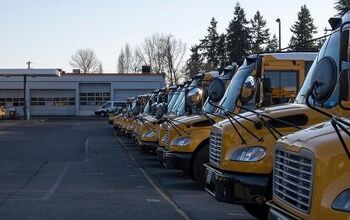
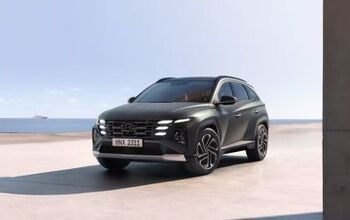
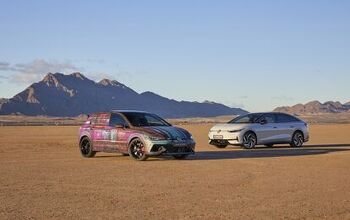



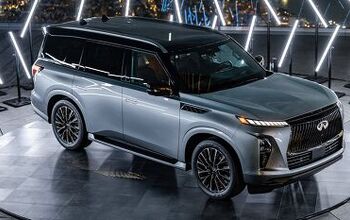
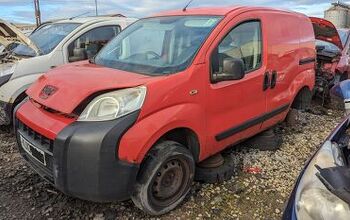
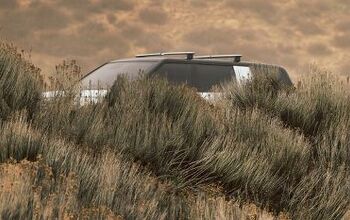
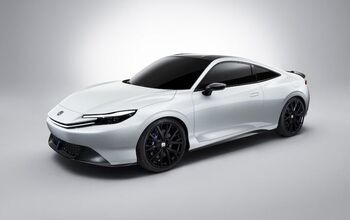
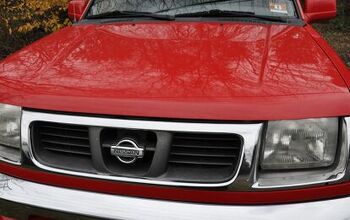
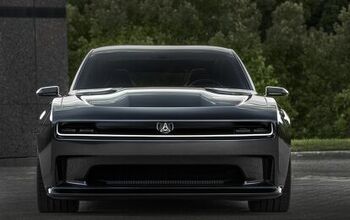
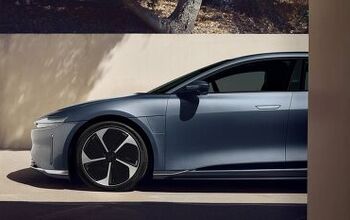
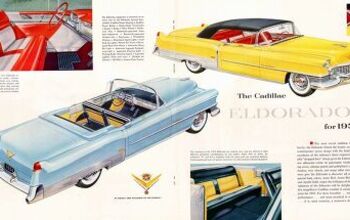
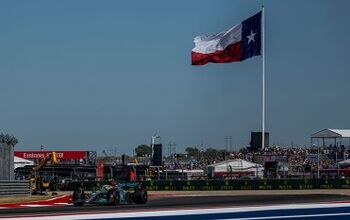
Comments
Join the conversation
I think there are several deeper reasons for the current disparity between US and Canadian sales for FCA than just product and Canadian peccadilloes. Some possible reasons 1. Product mix: If the Jeep Compass has been a big hit in the US then Canadian dealers may not have had many to sell. Don't forget, manufacturers make way more on a vehicle in the US versus Canada, especially smaller units and especially when the $CAD is treading water at $0.75. Usually, the US product pipe has to be full before Canada gets a look in. 2. My anecdotal proof for the above is that I do some marketing work for a few FCA dealers in Canada and we only started talking about Compass in a consistent way in late June. We are now promoting Compass on an ongoing basis and customers are responding to the price point (about $27K for a Sport AWD) and payment ($159/bw). Where a handful of Compass were selling in the first half, the numbers are now in double digits. 3. Which brings me to my last point: if Canadians have one overriding preference in their vehicles it's "I don't care if its cheap as long as it's cheap". I cite the Jeep Patriot Sport, the Chevy Blazer 2 Door, the Hyundai Pony, the Dodge Caravan (not Grand Caravan), the Dodge Journey and Ford Ranger Sport as examples. All of those units sold big in Canada and would wager they outperformed US sales by % of share. Jeep sorely missed those Patriot sales in Canada and Compass may be the unit that gets people back in the showrooms if there is the volume. Last point (sorry): It would be fair to say that FCA customers are currently a lot more financially challenged than many other brands. FCA has been putting their finance customers into 84 and 96 month contracts since they got out of bankruptcy. They have been flipping customers into new units with high cash backs and inflated trade equity. That all came to a halt in July of 2017. FCA does not have a captive finance arm to my knowledge (they might, I plead ignorance) and they have practically zero lease penetration. They are dipping their toe in the leasing pool but so many of their customers are so underwater on their current vehicles that it will be some time before a lease base takes shape. The majority of lease growth opportunities in the short term will come from conquest sales. I would suggest that is why Ram sales are not taking off faster than they are. Thanks. I haven't posted on this site since Lieberman and Farago were here. So I have made up for lost time,
Alfa’s sales are improving but only to similar levels as Jaguar. In otherwords they have someway to go to making money.